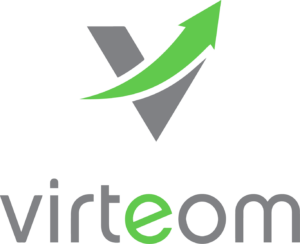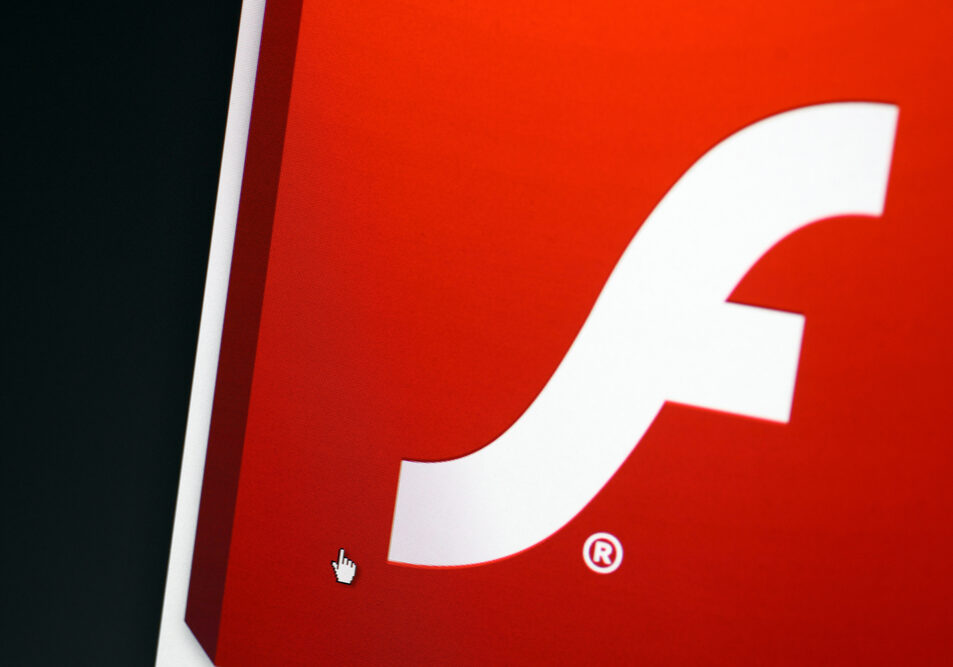
Anyone from a web guru to a casual Internet user can tell you that images for your website are a big deal. But images can do more than just look pretty – they can actually drive more traffic to your website. And you don’t need professional photography skills to bring that attention to your site. All you need are a few tricks to optimize your images.

While adding a picture to your website is a breeze, it takes a little more work to get the full optimization from your image. When you’re ready to upload your picture, keep these tips in mind:
1. Name Your Images
When you go to upload your image, it’s label will default to whatever name your camera or the stock website gave the file. While it may seem tedious, take a moment to rename your file with descriptive words in order to help your webpage rank higher on search engines.
Bots crawling through pages pick up on image file names just like they would text, and they will be more likely to pick up a filename like your-product-here.jpeg over a hodge podge of letters, dashes and numbers. To get the most from your keywords, use Google analytics to find the most search phrasing for the terms you plan to use.
Virteom Tip: When naming your images refrain from using spaces or special characters. It is best practice use dashes (-), underscores (_) or camelCase in place of spaces when naming photos.
2. Remember the Alt Tags
Alt Tags are the text alternative for images when a browser can’t render them, and can add value to your website by associating keywords to your images. Be sure to fill out an alt tag for each product on your website, so they will be more likely to get picked up by bots.
Use the same descriptive phrases that you would for image names and avoid keyword stuffing. Also, be sure to only use alt tags for your product images, not decorative ones. Over-optimizing images could cause the search engines to penalize your site.
If you’re working in Virteom CMS, check out how to here.
3. Resize Your Images
Image file size determines how long it takes your website to load and can alter how your image appears on other platforms. What may look good on the computer may not transfer well to a mobile device. Try to avoid larger images, as they can take several seconds to load (which is an eternity for a website waiting period).
If you take photos for your website or purchase them through a stock vendor then you’re probably dealing with some large file sizes. To prevent high load times, you’ll want to optimize your images for the web before uploading them to your website. There are tons of different ways to optimize images for the web, you can use Photoshop, or any of the following compression tools:
Virteom Tip: Since search engines look at the time it takes for pages to load, we put a restriction on the file size you can upload to our file manager. Make sure your files are smaller than 2MB. If it is any bigger than you will not be able to upload it.
Compressing large file sizes can vastly improve page load times. Once you have successfully optimized your images for the web, and upload them to your site – you’ll want to make sure you’re sizing them so that they are responsive on all devices. If you’re not sure how to resize images the best way for your site, check out our tutorial here.
If you still need help with optimizing your website, our gurus at Virteom are able to set you up with a site that converts viewers into customers.
Contact us today for a consultation!








